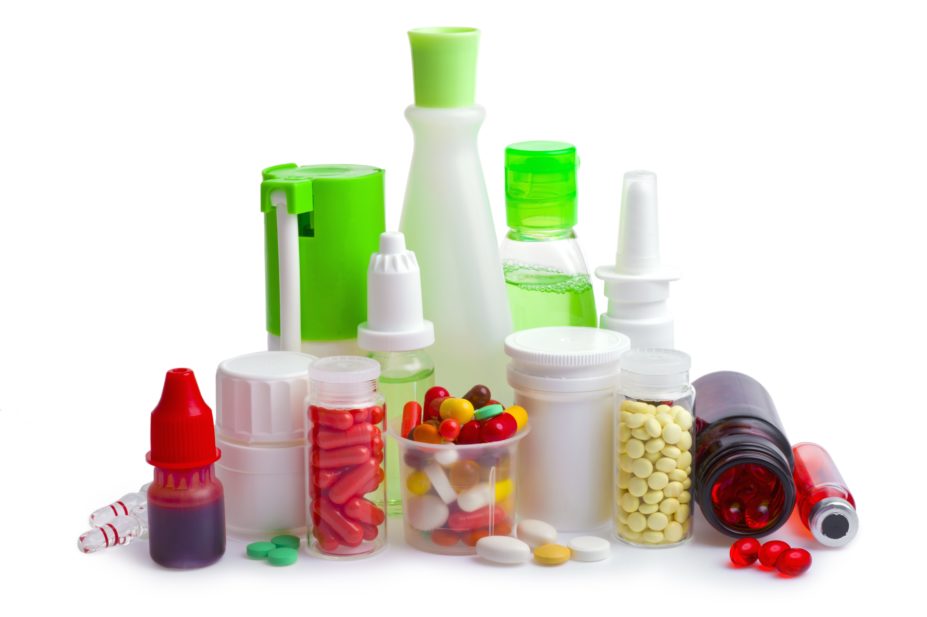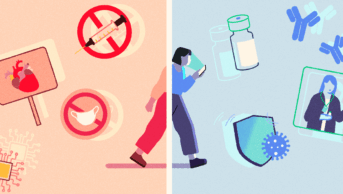
Shutterstock.com
In 2020, the world has been gripped by the COVID-19 crisis, but before that took hold, we were already faced with another: the climate crisis.
Over the past 60 years, our love affair with plastic has been a major contributor to the warming of our planet. In 2019 alone, the production and incineration of this material pumped more than 850 million tonnes of greenhouse gases into the atmosphere. Discarded plastic releases further harmful gases over the hundreds of years it takes to degrade, making our planet hotter and hotter.
And as it gets hotter, plastic breaks down more readily, to release more gases, increasing the rate of climate change in a perpetuating cycle.
Those of us working in the NHS — responsible for 5.4% of the UK’s greenhouse gases — must accept that we are a part of this cycle. The NHS produces 1 in every 100 tonnes of domestic waste generated in the UK, with the vast majority of this going to landfill. And in 2016/2017, over 590,000 tonnes of waste were produced by NHS providers in England: more than the entire municipal waste from countries such as Cyprus or Luxembourg.
In October 2019, NHS Supply Chain backed an NHS pledge to dramatically reduce the amount of single-use plastic used across the NHS. Plastic cups, straws and cutlery are being replaced with recyclable substitutes across the NHS, but this goes no way to tackling the waste we still produce in clinical areas.
Why is plastic still seen as such an acceptable material for use in the clinical environment, but so unacceptable elsewhere?
This could be because there are perceived benefits of plastic as a tool in infection control. And often single-use plastic products are substantially cheaper at face value. But achieving short-term goals comes at the expense of not developing new innovations and technologies.
A few years ago, after thinking about our attitudes to plastic in different environments, I proposed a project to reduce the amount of plastic consumables used within our pharmacy department at Western Sussex Hospitals NHS Foundation Trust, which houses 979 beds over three sites, with over 648,000 outpatient appointments every year.
During my initial audit, it was difficult to ascertain the purpose of each item of plastic or how long it was being used before being discarded. Further auditing (using the pharmacy dispensing and stock-keeping software) allowed me to collect data on the amount of plastic being ordered.
Between April 2015 and April 2018, the pharmacy used a shocking 509,000 items of plastic. Various kinds of medicine bags made up our four most commonly used plastic items, and we collected feedback from our departments on how these were being used.
With a long-term vision to reduce our culture of single-use items, we set about removing or replacing these plastic items; alternatives were carefully chosen to achieve maximum savings too.
Plastic medication bags used for discharge medications were replaced with paper bags. And we engaged with patients and staff to encourage them to use bags that patients already have with them — few patients are discharged from hospital without at least one bag to carry their own belongings home with them.
Green ‘patient own’ medicines bags are designed for patients to bring their own medication from home; they provide a layer of confidentiality in the patient’s clear medicines locker, and they are used to transport medication when a patient is transferred between wards. We completely removed these from use. We met our confidentiality requirements by replacing the clear medication pods with frosted Perspex, at minimal cost to the department. We make savings every year from no longer purchasing the green bags.
We also used to use single-use blue bags to identify which medicines should be refrigerated, and to meet infection control requirements; we replaced these with reusable canvas bags coated with plastic and impregnated with an antimicrobial substance, which served the same purpose.
We once used grey plastic bags to transport items from the dispensary across sites and on the wards. We found an alternative in cardboard boxes that would otherwise have been recycled, so we also had the added benefit of prolonging the use of an item originally designed for single use. The boxes are also sturdier in transportation, and we made instant savings by avoiding single-use plastic bags.
While change also needs to come from the top, we have shown the difference you can make when you challenge embedded behaviours at ground level.
We need to be our own visionaries, re-envision our own practices, share our ideas and lead innovation. In the COVID-19 era, when disposable masks and gloves are the new norm, we must continue to challenge our toxic relationship with plastic in healthcare.
Sam Coombes, lead medicines information technician, East Kent Hospitals University Foundation Trust


